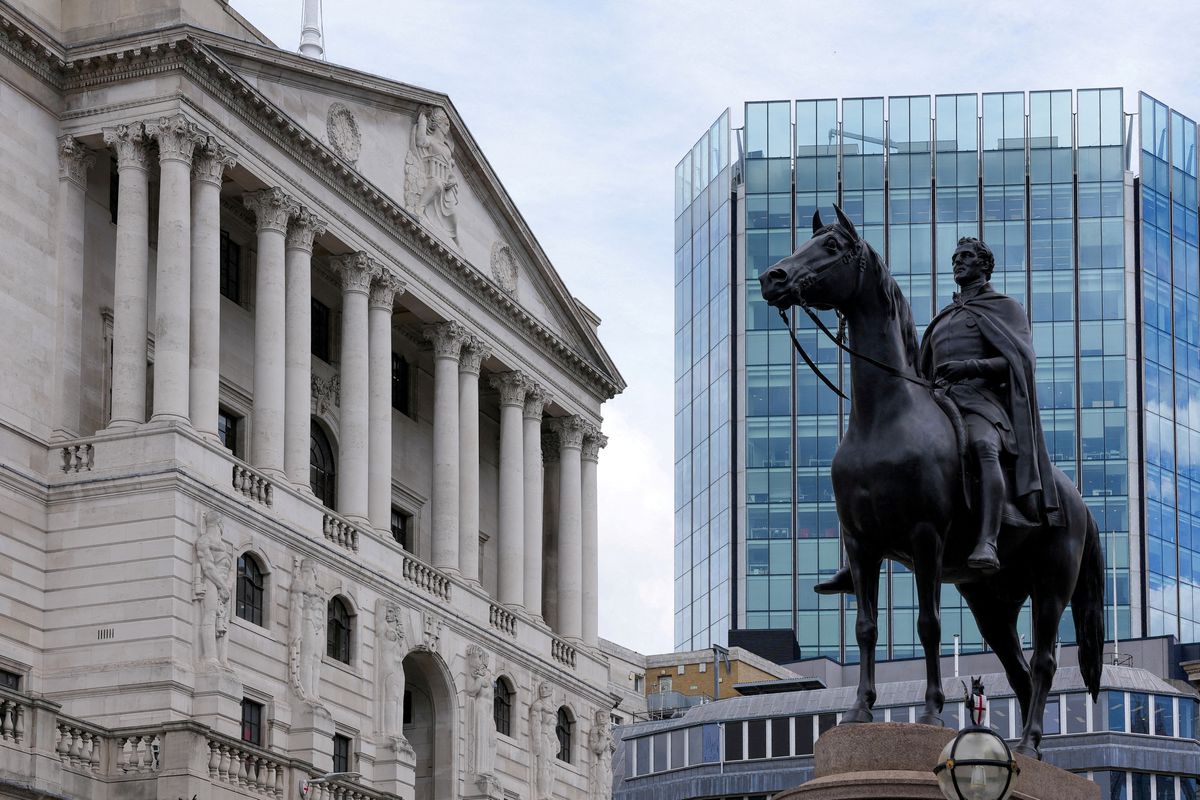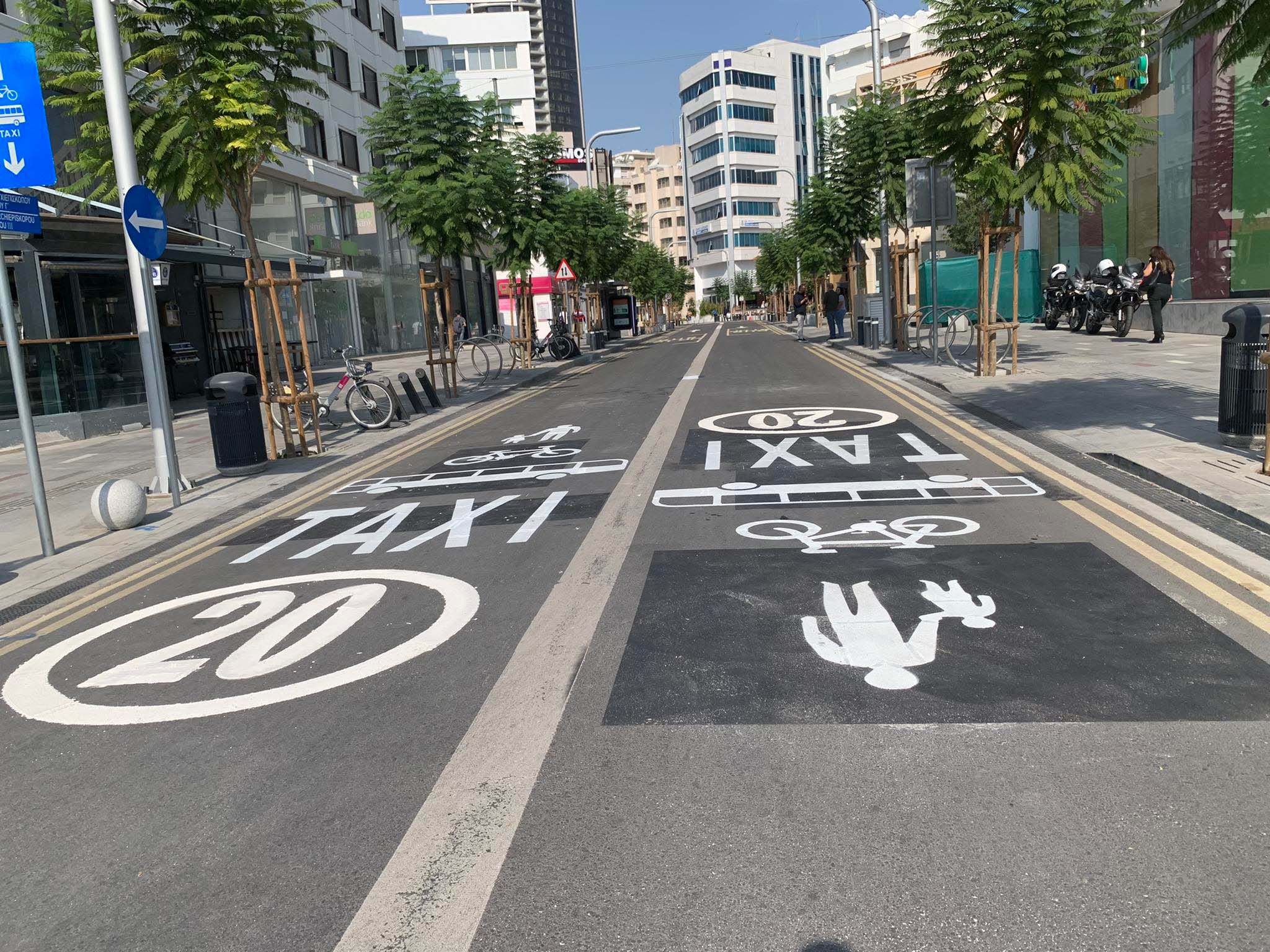The Bank of England cut interest rates on Thursday but four of its nine policymakers – worried about high inflation – sought to keep borrowing costs on hold.
Difficulty reaching an agreement meant the Monetary Policy Committee had to hold two rate votes for the first time in its history.
With the MPC split over how to respond to an inflation rate that the BoE forecasts will soon be double its 2 per cent target and a recent worsening of job losses, Governor Andrew Bailey and four colleagues backed lowering Bank Rate to 4 per cent from 4.25 per cent.
But that was only after a first round of voting ended in a 4-4-1 split with external MPC member Alan Taylor initially backing a half-point cut.
The four members of the MPC who backed keeping rates on hold included Clare Lombardelli, the deputy governor for monetary policy, who broke from the majority for the first time. Chief Economist Huw Pill also voted to keep Bank Rate at 4.25 per cent.
The BoE repeated its guidance about “a gradual and careful approach” to further cuts in borrowing costs but added a new line to its message on the outlook, hinting that its run of rate cuts might be nearing an end.
“The restrictiveness of monetary policy had fallen as Bank Rate had been reduced,” it said, no longer directly saying that policy was still restrictive. It repeated that there was no pre-set path for borrowing costs.
A halt to the process of cutting rates would be a blow for finance minister Rachel Reeves and Prime Minister Keir Starmer, who have struggled to meet their promise to voters to speed up Britain’s slow economic growth.
Bailey said the decision to cut rates for the fifth time since August last year was “finely balanced” although he thought they were still on a downward path.
“But any future rate cuts will need to be made gradually and carefully,” Bailey said in a statement.
CONFLICTING RISKS
The BoE is being pulled in different directions, leaving analysts, as well as its own policymakers, divided on its most likely moves in the coming months.
Britain’s jobs market has weakened in recent months in part due to a tax hike by Reeves on employers and US President Donald Trump’s trade war.
But inflation is rising. The BoE revised up its forecast for a peak in inflation to 4 per cent in September from 3.7 per cent and said it would remain alert to the risk that the increase in prices – especially those of food – pushes up wage deals and longer-term price pressures.
“Overall, the MPC judges that the upside risks around medium-term inflationary pressures have moved slightly higher since May,” the summary of the meeting said.
The BoE said it expected inflation to return to its 2 per cent target only in the second quarter of 2027, three months later than its previous forecast.
By contrast, the European Central Bank expects inflation in the euro zone to hold below 2 per cent. It has cut borrowing costs eight times since June of last year, three more reductions than those of the BoE.
Inflation has been above the BoE’s 2 per cent target almost constantly since May 2021.
The British central bank said it expected economic growth of 0.3 per cent in the July-to-September period, up from 0.1 per cent in the second quarter. Its longer-term growth forecasts were little changed from its report in May with annual growth of just over 1 per cent in the coming years.
Before Thursday’s expected rate cut, investors were mostly pricing in another rate cut in November but only one or two more in 2026.







Click here to change your cookie preferences